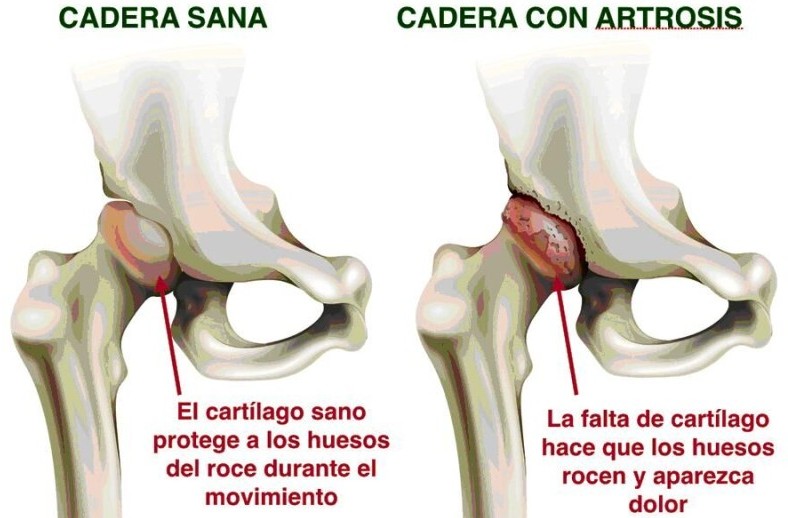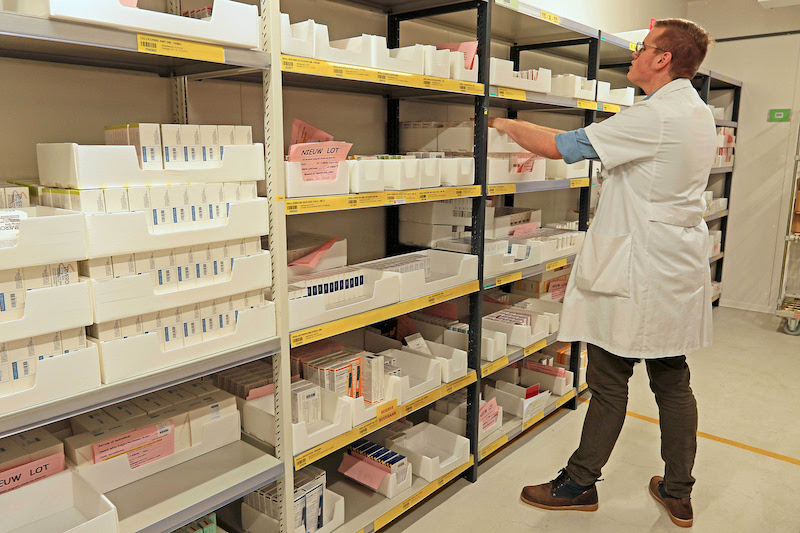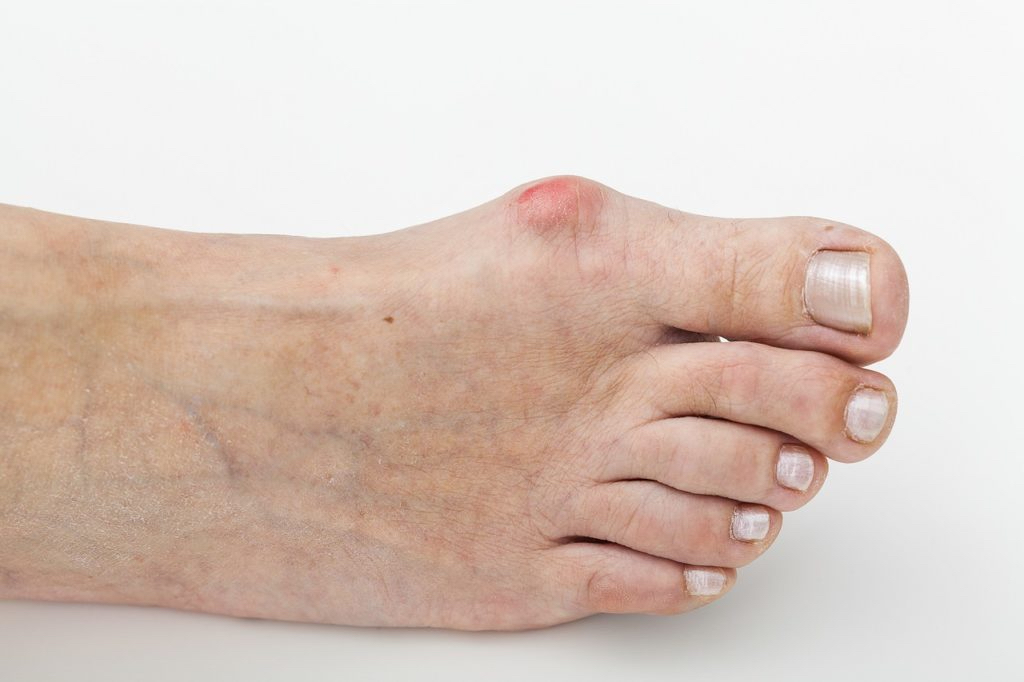
Hip Prosthesis: “Indications and contraindications”
The Total Hip Arthroplasty (THA) is one of the undeniable triumphs of Modern Medical Science. For centuries, people with a disabling hip pathology only could contemplate their future assuming few years of crippling pain. In fact, many debilitating hip processes, which meant a disability for many people, were treatable.
Once the pain is relieved, and the hip function is restored, many patients regain an independent life, without excessive overhead for their families or social environment. Few medical surgeries can achieve these benefits for the patient and society in general.
A long-term monitoring has shown that, after 25 years, 90% of patients retain the THA until their death. Different diseases produce hip joint deterioration, the most common being Osteoarthritis, Femoral Head Necrosis, rheumatic diseases such as Rheumatoid Arthritis, Ankylosing Spondylitis, Femoral neck fractures, etc.
Once there is a diagnosis of these diseases, to in dicate a THA, we must previously consider some factors. Age is an important factor in the decision to proceed with a THA; moreover, the activity level and the severity of symptoms are other important factors.
However, the most important pathology to prescribe a THA is PAIN. Hip pain locates in the groin or anterior thigh level; it is usually worse after physical activity, and rest relieves it. This pain rarely extends below the knee. Sometimes pain is located in the buttocks – this one is different from radicular pain or pain that comes from the lower spine.
Hip and Surgery
The Orthopaedic Surgeon must assess each case and patient individually. To help the patient to take the decision, once s/he meets the appropriate criteria, the Surgeon must ask the following questions: Does your hip prevent you from performing daily life activities? Or does your hip prevent you from doing things that are important to you every day? If the answer to all these questions is yes, and the patient is clinically stable and meets appropriate objective criteria, THA is probably the best option for the patient.
Now let’s talk about what we do not usually speak of: which are the Contraindications to put a THA. Patients with an active infection, a patient with a chronic renal failure, those who take intravenous drugs, and HIV-positive patients have contraindications. All of them have a high risk of infection. Patients with multiple major comorbidities, or tho se who have received a high dose of radiation on the pelvis due cancer issues, have a relative contraindication. They have a high risk of failure about the THA. Patients with high alcohol intake, Charcot arthropathy and those suffering from dementia also have relative contraindications because of the high risk of instability and loosening of the THA.
Orthopaedic Surgery. Arthroscopic surgery. Sports Traumatology.
Hospital Vithas MEDIMAR Internacional Alicante




